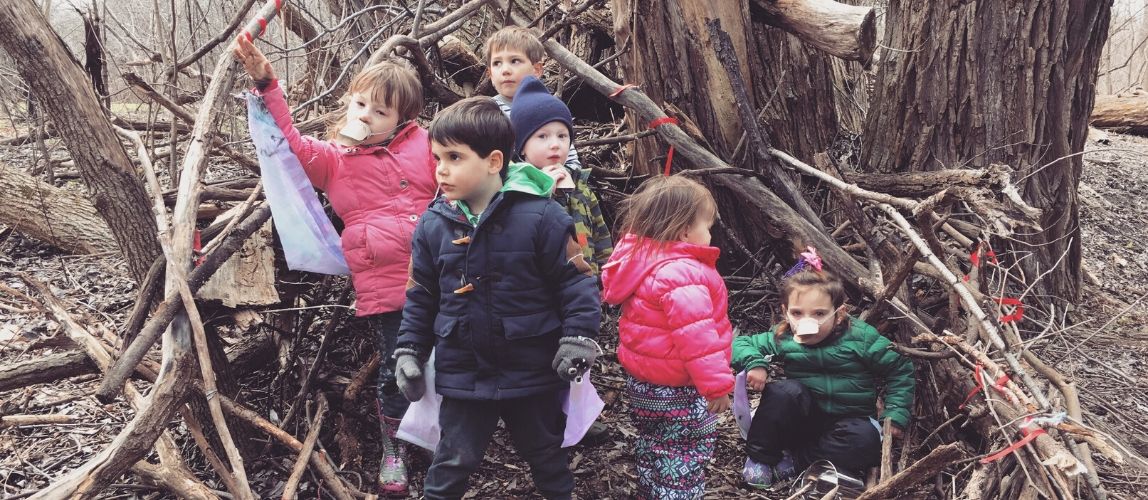We all think of summer as a time to make memories. We get lots of chances to enjoy special moments, especially outdoors. That said, we want each season to be a time to build a family culture around outdoor play—the kind of play that sparks learning and lasting memories.
So, as the world heads "Back to school" take a minute to run through this exercise. If you are like us, it will inspire you to make sure you and your family goes "Back to Nature" this fall!
Here is a quick exercise to help you connect you with your own play history—a great way to root yourself as you support kids in their play. This is largely inspired by David Sobel, an educator, and advocate for nature and place-based learning (if you don’t know of him, you really should).
Take a minute, read the prompt and consider whatever response pops to mind:
Briefly describe either:
- A special place from childhood.
- A prominent, positive memory of play from childhood.
What have we learned from responses?
I have asked this now to over 700 new Tinkergarten leaders during our New Leader Course, and a few hundred parents and educators with whom I worked earlier in my career. I have heard stories of secret snow passageways shared by friends, forts made out of whatever was in the empty urban lot down the street, kid-managed pick-up games, and summer days filled with creek stomping.
Although you could argue my sample is somewhat slanted toward the outdoorsy, the qualities of these memories are consistent across the Tinkergarten leaders and the non-leaders from my prior life. To follow are the common patterns I’ve observed in both groups:
These stories:

- Take place outdoors
- Most often involve at least one other person
- If others are part of it, they are nearly always peers/other kids.
- Take place in accessible, somewhat ordinary spaces that were made extraordinary by the kids involved
- Involve secrecy, hiding out or separation from adults (Parents rarely surface in these stories)
- Feature imagination, fantasy or elements of magic
- Show kids having agency to make, build or create something
- Involve what would very likely be considered risky play today
- Are free, not constricted by time, rules or adult supervision
Questions to Ponder:
- Did your response share any or many of these qualities?
- What other qualities did your response have?
- What do you think that means for the kind of play you hope to provide for your child?
- Although most adult memories of play are based from age eight to twelve, what can we do for younger children to build the imagination, sense of self and community that underlies these powerful stories of play?
- What can we do now for our kids that will prepare them to make their own magic outdoors?
We have no time to waste!
I recently asked a group of 8-12-year-olds to answer either, “What is your favorite place to play? Or What is your favorite way to play?” Not only did they struggle to offer a favorite place to play, but nearly 75% of the answers about favorite ways to play involved structured activities and/or computers or other digital devices. These sobering results reminded me of the memorable Nature Valley commercial from 2016 that compared three generations of play. However, when asked to describe their "dream day of play," their stories started to include more freedom, outdoor landscapes and risky play scenarios and, yes, less technology. There is hope, but we have work to do!
Some easy steps to take
It’s never too early to start giving kids the chance to build the curiosity, confidence, and self-reliance it took for us to build our lasting memories. And there are simple ways to do it. Find activities that inspire and invite kids to drive their own play. Surround yourselves with teachers and families who seek the same and can support you and your child. Allow kids to teeter on logs. Welcome them to make a big old mess in the mud. Open up the container and let them roam a good bit farther than they have before. Stand back, even when you know that what they are trying to accomplish will likely fail. Learn more about how play supports development and how to support that natural process for your kids. If we make these parenting moves in children’s early years, we prepare them for a later childhood defined by free, self-directed play—just like ours.
